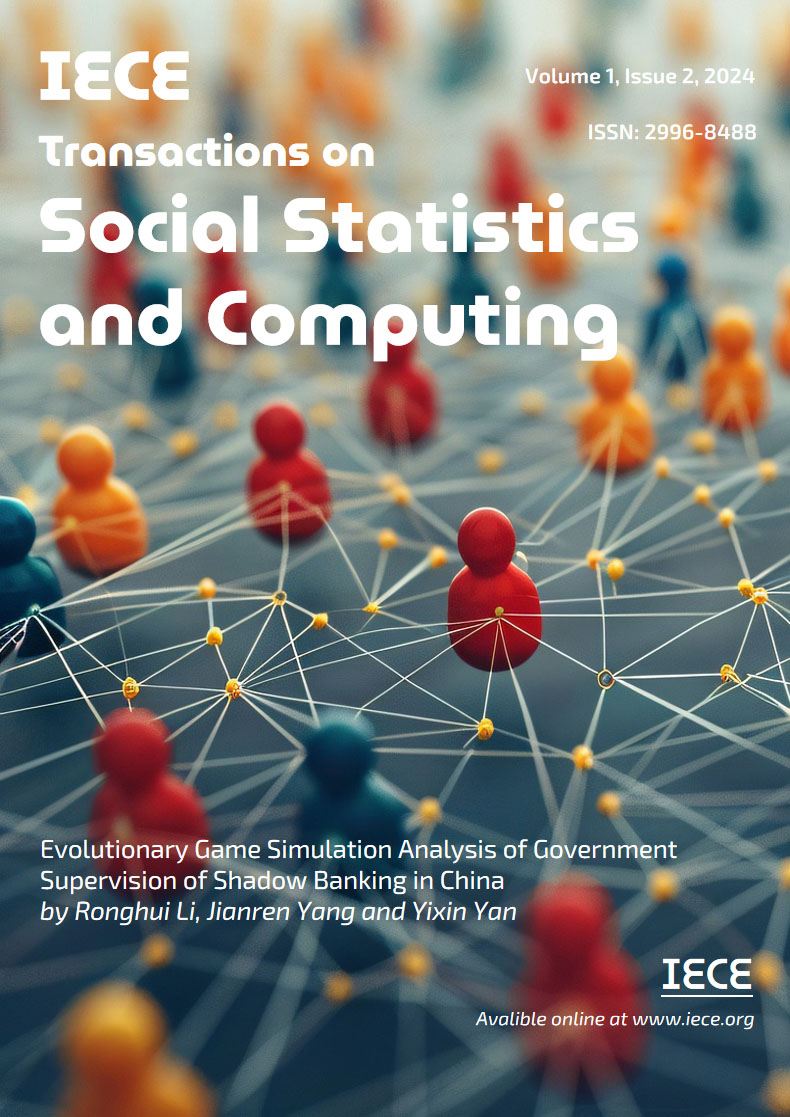Abstract
Effective governance and operation of cooperatives will play an important role in rural revitalization. Taking Henan Province as an example, this paper uses structural equation model to analyze the impact of external market orientation and internal self- awareness on the heterogeneity of farmers' professional cooperatives. It is concluded that the formation of the heterogeneity of farmer specialized cooperative members is not only caused by the influence of external market factors, but also caused by the difference in the degree of self-cognition of members. Moreover, the influence degree of market factors is greater than that of members' self-cognition, and the direct influence effects are 0.592 and 0.192 respectively. In the market orientation, the attainment of more market benefits,the need to improve market competitiveness,the satisf-action of different customer needs in the market and the success of coopera- tion among market cooperatives or other organizations will aggravate the degree of member heterogeneity. The higher the degree of self-cognition on the value of cooperatives,the necessity of scientific internal governance of cooperatives, the demand for profits in cooperatives and the more knowledge on the relevant laws of cooperatives will increase the possibility of the formation of member heterogeneity.
Keywords
Market orientation
Self-perception
Heterogeneity of members 1 Research background
Funding
This work was supported without any funding.
Cite This Article
APA Style
Zhao, L.,& Liu, S. (2024). The Impact of Market Orientation andSelf-Perception on the Heterogeneity of Cooperative Members:Analysis Based on Structural Equation Modeling. IECE Transactionson Social Statistics and Computing, 1(1), 30–40 https://doi.org/10.62762/TSSC.2024.184862
Publisher's Note
IECE stays neutral with regard to jurisdictional claims in published maps and institutional affiliations.
Rights and permissions
Institute of Emerging and Computer Engineers (IECE) or its licensor (e.g. a society or other partner) holds exclusive rights to this article under a publishing agreement with the author(s) or other rightsholder(s); author self-archiving of the accepted manuscript version of this article is solely governed by the terms of such publishing agreement and applicable law.


 Submit Manuscript
Edit a Special Issue
Submit Manuscript
Edit a Special Issue

